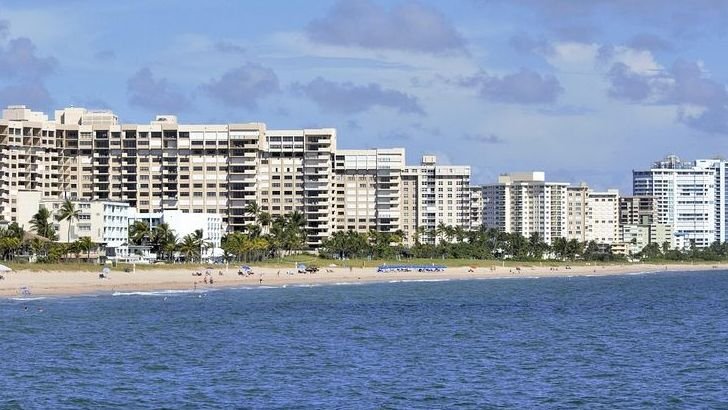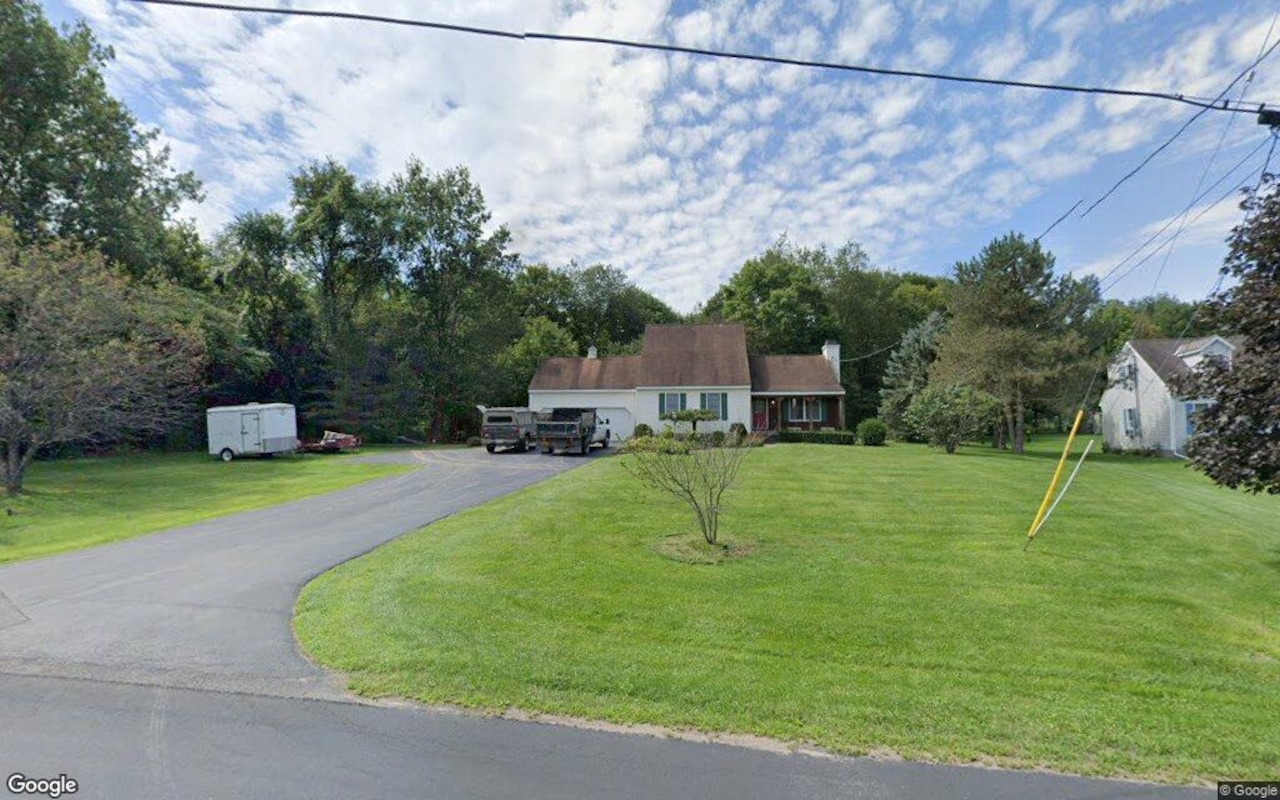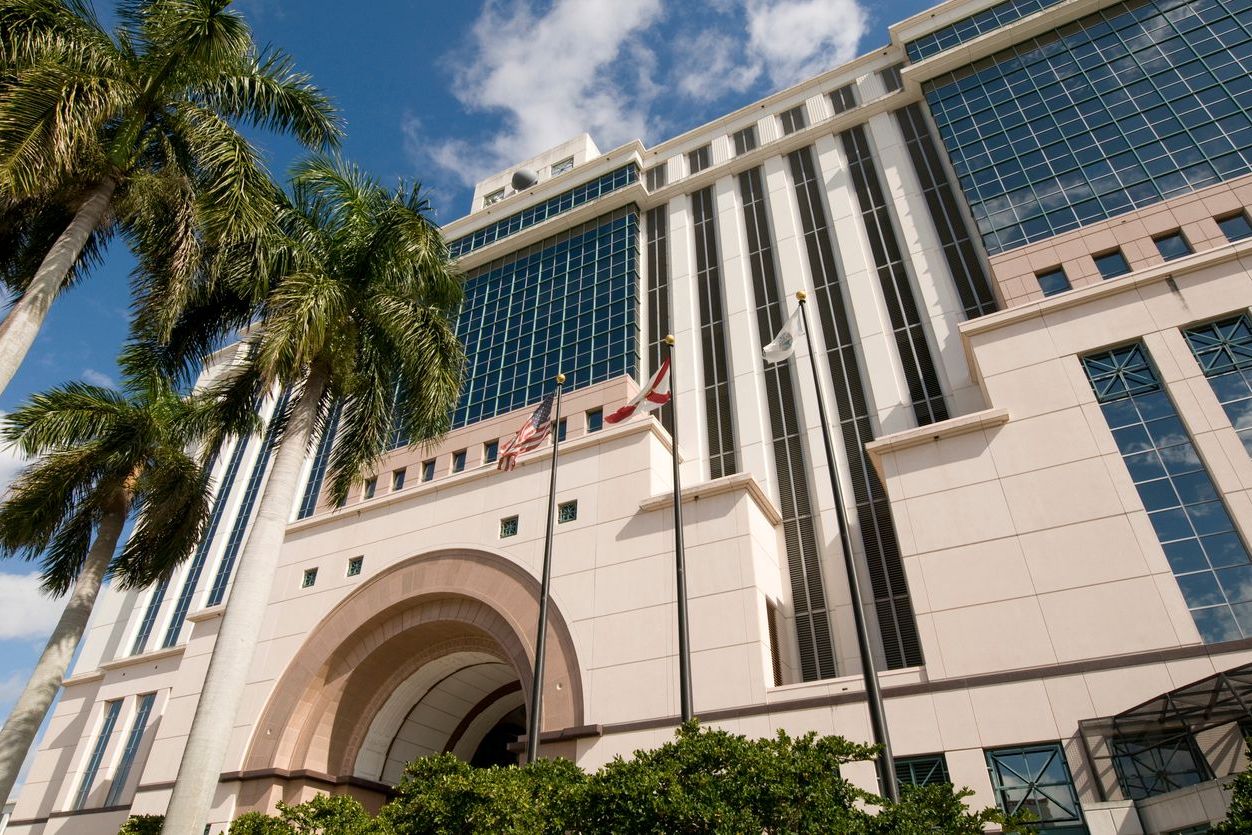P
ompano Beach has become Florida’s next upscale beach town. Real‑estate analysts note median home prices near $390,000 in 2025, a sharp rise driven by a decade‑long redevelopment that has re‑imagined the waterfront, spurred tourism, and introduced high‑end projects such as the Ritz‑Carlton Residences and the forthcoming W Hotel & Residences. With waterfront parcels scarce and demand high, the luxury market here is set for significant appreciation.
Hollywood, positioned between Fort Lauderdale and Miami, is gaining attention as a cost‑effective alternative to pricier coastal hubs. Maria Elena Plasencia of Fortune International Group predicts the median price will climb from $319,345 now to $356,453 by 2030—a 11% gain over five years. The town’s strategic location, ongoing infrastructure upgrades, and lower housing costs make it attractive to both residents and investors. A $100,000 stake today could grow to $111,620 by 2030, reflecting an 11.62% return.
On the Gulf Coast, Port St. Joe offers a laid‑back Old Florida vibe at a fraction of the cost of hotspots like Naples. Real‑estate professionals see it as a smart buy for the next five years, as the town’s natural beauty and small‑town feel attract buyers before widespread development pushes prices up. Early entrants stand to reap the upside as the community gains recognition among those seeking affordable coastal living.
Florida’s transit upgrades—expansions of Tri‑Rail and Brightline—are reshaping property values by improving access to employment centers and cutting commute times. Building activity is already surging near transit hubs in Miami‑Dade, Broward, and Palm Beach, turning previously overlooked beach communities into desirable destinations for commuters who want the best of both worlds.
Suburban and coastal towns such as Cape Coral, Port St. Lucie, and Sarasota are experiencing heightened interest due to affordability and lifestyle appeal. Latin American investors from Argentina, Colombia, and Mexico continue to seek U.S. properties amid economic instability at home, while out‑of‑state migration from New York, California, and Illinois fuels demand in South Florida. Emerging neighborhoods like Loxahatchee, Boynton Beach, and West Lake Worth attract investors looking for growth potential at lower price points.
Florida’s real‑estate market is projected to grow 3–5% annually through 2026, with mortgage rates expected to dip to the mid‑6% range by year‑end 2025. The statewide median sale price for single‑family homes was about $390,000 in late 2024, a 4% drop from April—its steepest year‑over‑year decline since 2011. This temporary softening offers strategic buyers a window to acquire properties in promising beach towns at more attractive prices before the next appreciation cycle.
Florida continues to draw thousands of new residents each month—from retirees to remote workers—making it one of the nation’s fastest‑growing states. Job growth remains robust, inventory tight, and the absence of state income tax attracts younger generations. The state’s climate, beaches, and lower cost of living keep global demand high, while supply struggles to keep pace. Beach towns situated between major metros benefit from this broader trend, offering more affordable entry points for investors and residents alike.
Pompano Beach, Hollywood, and Port St. Joe combine demographic momentum, infrastructure improvements, and relative affordability, positioning them for notable appreciation over the next five years. Investors who secure properties now can participate in Florida’s coastal boom before widespread recognition pushes prices to premium levels.













